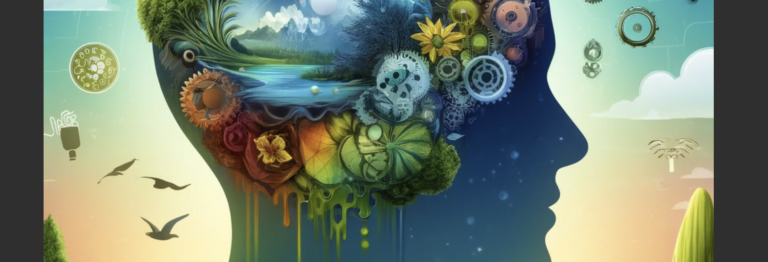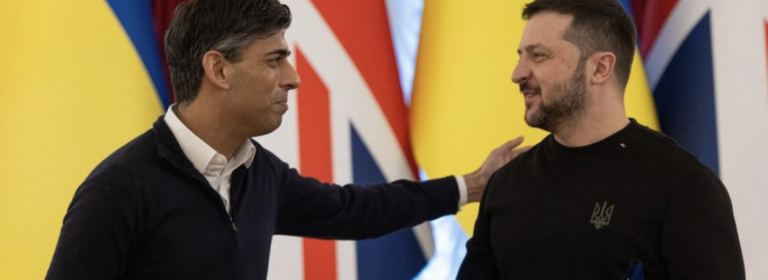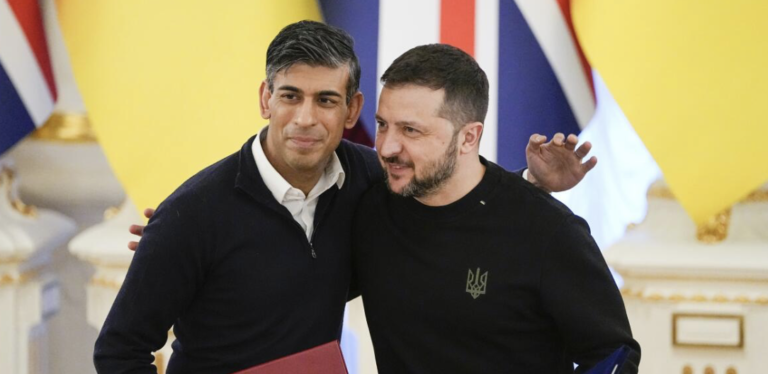The Role of Patrons: Funding the Arts Through History
Throughout history, the arts have been supported by patrons who have played a crucial role in funding and promoting artistic endeavors. From the Renaissance to the present day, patrons have been instrumental in the development of art, music, literature, and other creative pursuits. This article explores the significance of patrons in the arts and their impact on cultural heritage.
The Renaissance: A Golden Age of Patronage
During the Renaissance period in Europe, wealthy individuals and families such as the Medici in Florence and the Sforza in Milan were major patrons of the arts. They commissioned works of art, supported artists financially, and provided them with the resources they needed to create masterpieces. Without the patronage of these influential figures, many of the great works of art from this period would not have been possible.
Examples of Renaissance Patrons:
- Medici family in Florence
- Sforza family in Milan
- Pope Julius II
Modern-Day Patrons: Supporting Contemporary Art
In the modern era, patrons continue to play a vital role in funding the arts. Individuals, corporations, and foundations provide financial support to artists, museums, galleries, and cultural institutions. This support enables artists to create new works, preserves cultural heritage, and ensures that the arts remain accessible to the public.
Case Study: The Guggenheim Museum
The Guggenheim Museum in New York City was founded by philanthropist Solomon R. Guggenheim, who was a major patron of modern art. His vision and financial support helped establish the museum as a leading institution for contemporary art, showcasing works by artists such as Jackson Pollock, Pablo Picasso, and Mark Rothko.
The Impact of Patrons on Cultural Heritage
Patrons have had a lasting impact on cultural heritage by preserving and promoting artistic traditions. Their support has allowed artists to push boundaries, experiment with new techniques, and create works that inspire and challenge audiences. Without the generosity of patrons, many artistic achievements throughout history would have been lost or forgotten.
Statistics on Arts Funding:
- According to a report by Arts Council England, private giving to the arts in the UK reached £480 million in 2019.
- The National Endowment for the Arts in the US awarded over $150 million in grants to arts organizations in 2020.
Conclusion
Patrons have played a vital role in funding the arts throughout history, from the Renaissance to the present day. Their support has enabled artists to create masterpieces, museums to preserve cultural heritage, and audiences to experience the beauty and power of the arts. By continuing to support the arts, patrons ensure that creativity and innovation thrive, enriching our lives and shaping our cultural identity.




























+ There are no comments
Add yours